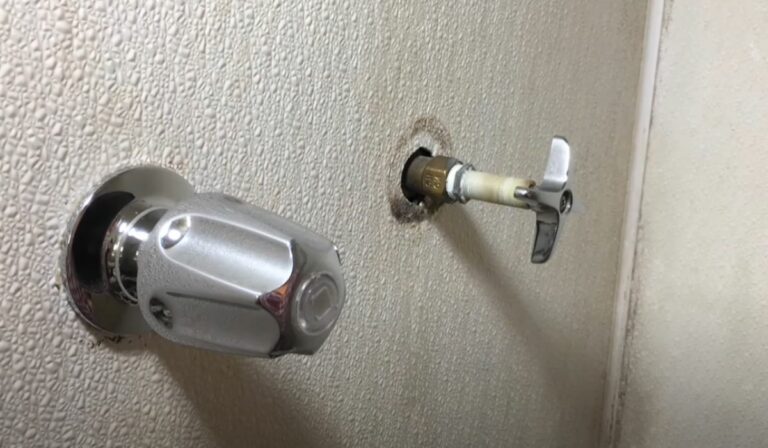Electric Shower Not Working? Here’s What You Can Do
The best perk of an electric shower is that it will never run out of hot water, despite a lengthy shower. But that could sometimes lead to the electric shower not working.
In that case, you should inspect the power supply, temperature settings, and water flow. You can try cleaning the showerhead and hose as well. Also, ensure no safety features are triggered.
There may be other underlying issues that are making your electric shower non-functional. Take this enlightening tour with me to figure out what to do.
Why Is My Electric Shower Not Working?
While electric showers are highly convenient in modern households, they can be a pain in the neck when they do not operate properly.
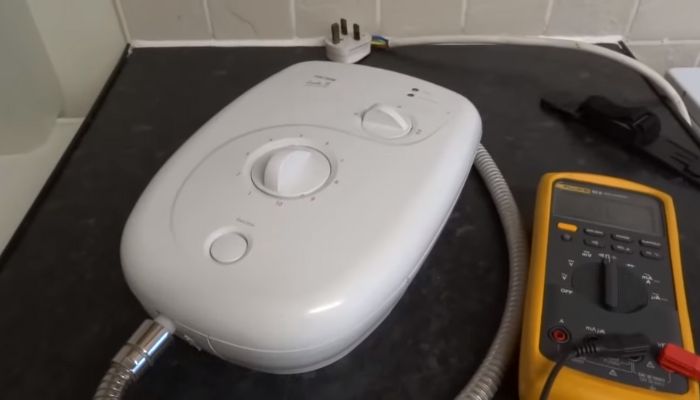
Many possible factors can lead up to this point. Even I had to do some painstaking research before finding the root cause.
You see, most homeowners are used to the traditional water supply that relies on a boiler or central heating system. As complicated as it is, the former option is familiar.
However, electric showers consist of a control unit that goes on the wall next to the shower head. It is unaccustomed territory for homeowners with fewer electrical skills.
So, the owner begins to wonder, “Why has my electric shower stopped working, and how do I get it right?”
Common Reasons for Electric Shower Malfunctions
Well, let me provide you with the typical reasons for electric shower malfunctions to boost you up:
Troubleshooting Steps for Electric Shower Issues
The troubleshooting steps below encompass all the common causes mentioned above. All you have to do is inspect, assess, and apply the right knowledge to fix it.
Do not hesitate to keep an experienced assistant with you if possible!
1. Lack of Water Supply
Just when the jets of water begin to wash away your stress and dirt, the water flow ends. It can be a frustrating moment, especially if you still have soap or shampoo suds to clean.
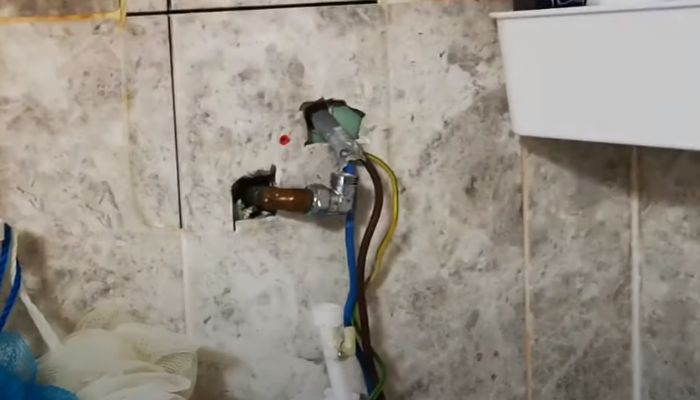
Possible Causes
How to Fix the Issue
2. Pipe Blockages
Did you know water is not plain at all? It sounds funny, but water contains minerals and other elements that flow alongside it.
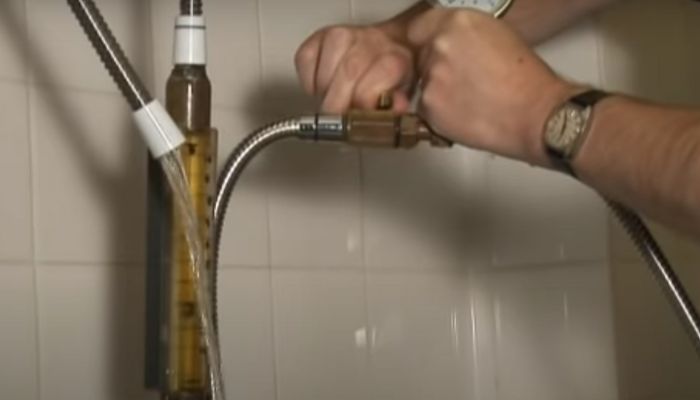
For instance, your Glacier Bay shower faucet has a low flow, which can turn a relaxed day into a restless one! However, the water flow was perfectly fine a few months earlier.
All the components and units are functional, and there is no electrical issue either. Then what is causing you to lose your mind over a mere shower faucet?
Possible Causes
How to Fix the Issue
3. Temperature Fluctuations
When the temperature in an electric shower delivers instabilities, you need to understand why.
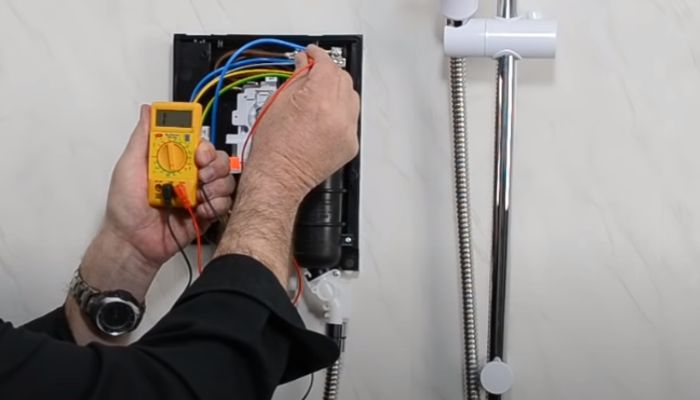
Possible Causes
How to Fix the Issue
4. Addressing Water Pressure Problems
You can experience more than a single water pressure issue. The point is to address these immediately before calling a pro.
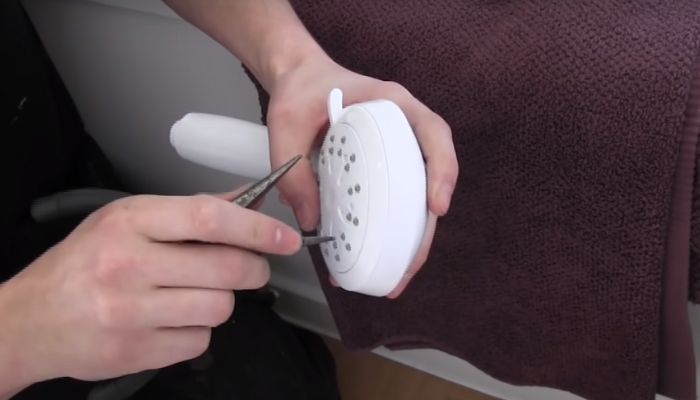
For example, some symptoms include inadequate water flow, inconsistent temperature control, water temperature sensitivity whenever other water outlets in the house are in operation, and a slow heating rate.
Possible Causes
How to Fix the Issue
5. Leaks or Dripping
We are all familiar with bathroom shower water leaks in one way or another. Plus, many of you have probably fixed these bad boys on more than one occasion. So here are the plausible theories:

Possible Causes
How to Fix the Issue
6. Major Leaks
So, do I need an electrician to fix an electric shower? If the leaks are serious, along with other electrical problems, you might want to sit back and let a professional handle them.
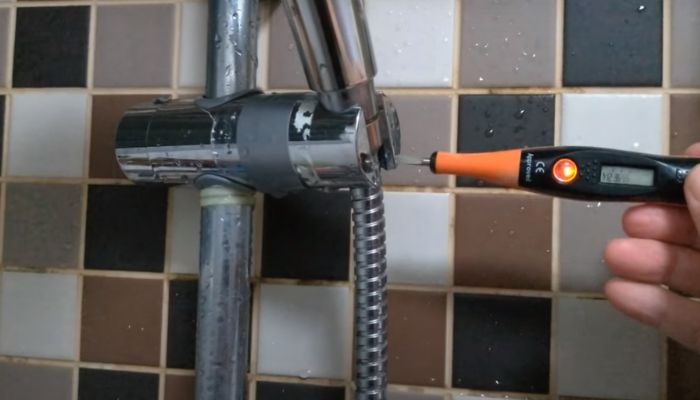
Nevertheless, you can still learn the probable causes behind major leaks and how to repair them.
Possible Causes
How to Fix the Issue
7. Lukewarm Water Issues
Tepid water is flowing out of your showerhead when it should be hot. You keep increasing the temperature, but it is ineffective.
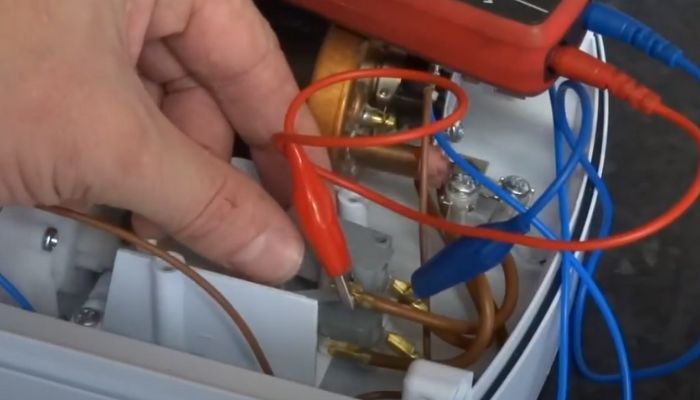
What should you do?
Possible Causes
The micro switch is probably faulty (it is a sensor that activates heating water only when it is flowing). Signs include delayed heating, no hot water, tepid water, inconsistent temperature, buzzing or clicking noise, intermittent heating, etc.
How to Fix the Issue
If you notice the signs occurring more than usual, you need to replace that microswitch after letting an electrician inspect it.
8. No Hot Water
The moment you blast that hot shower faucet, it blesses you with cold water instead of soothing warmth. So, you get goosebumps rather than relaxed muscles. There is a solid explanation for this.
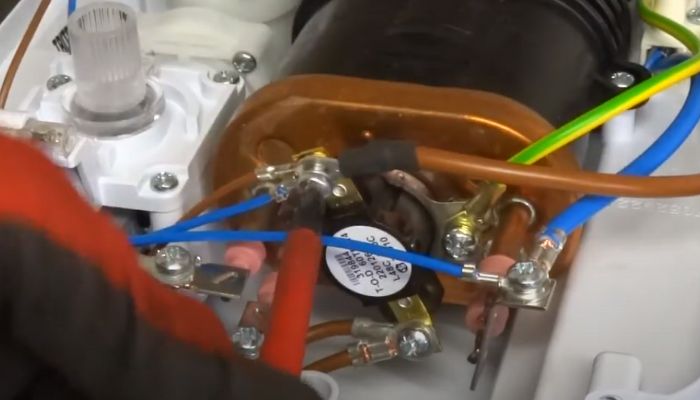
Possible Causes
When the shower overheats, the TCO, or Thermal Cutout, cuts off the power to the element. It is normal to prevent injurious accidents.
However, if this keeps happening, it indicates a complete cutout.
How to Fix the Issue
It is better to hire an electrician instead of a plumber to examine the issue and replace the TCO if necessary.
Also, address if there are other heating element faults to repair.
9. Power or Trip Switch Problems
At this point, you may ask yourself, “Is there a fuse in an electric shower?”
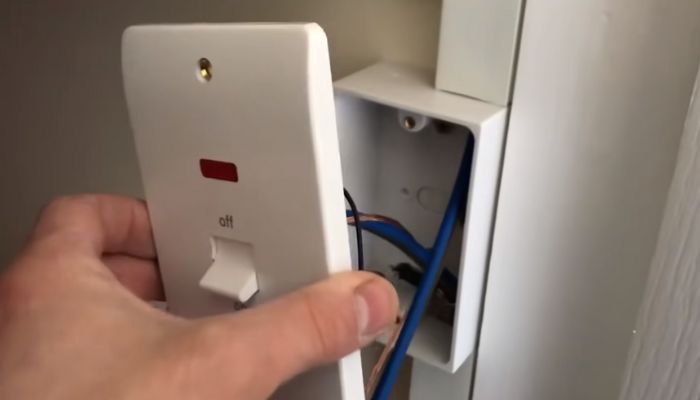
Yes, and it is susceptible to damage or blowout over time! So, when do you suspect a power or trip switch?
If your electric shower fails to work even after cleaning everything, clearing all buildups, and ensuring the components are in good condition, it is time to look at a bigger scale.
Possible Causes
How to Fix the Issue
10. Burning Smells or Strange Odors
No burning smell is good, whether from a dish in an oven or an electric device connected to an outlet.
Therefore, the instant you smell the strange burning smell, you run up to the main power line and shut it off.
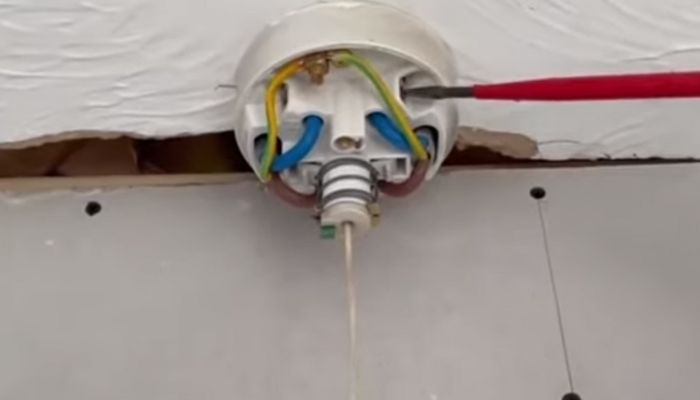
Possible Causes
The odor is a sign that something serious has happened in the electric shower. Mainly, it is the wiring that needs to be looked at ASAP.
How to Fix the Issue
Tips for Electric Shower Maintenance
Maintaining your electric shower is highly significant if you wish for an interruption-free daily rinse. Everyone hates it when the water goes off or turns into a trickling line amidst a warm rinse.
Then there is the constant stress of potential malfunctions because it is electric. It means the hot water can turn cold without warning.
All these problems are easily avoidable with a handful of maintenance tips:
Final Thoughts
The electric shower not working is not uncommon these days, thanks to the dependability of electrical, smart systems. And it has a few drawbacks if you look closely.
That does not mean the shower setting is unreliable. On the contrary, I find this type more convenient as it is energy and water efficient. Plus, you will not have to wait for the water to get hot!
Lastly, if you read the reasons for an electric shower malfunction, you will notice that each issue has a solution.
Opt for the suggested maintenance tips to extend its durability. And good luck!


![Shower Turned Off But Water Still Running? [Solved]](https://faucetfam.com/wp-content/uploads/2023/06/Shower-Turned-Off-But-Water-Still-Running-768x448.jpg)
![Hot Water Leaking From Shower Faucet? [Solved]](https://faucetfam.com/wp-content/uploads/2023/06/Hot-Water-Leaking-From-Shower-Faucet-768x448.jpg)
![Single Handle Shower Faucet No Hot Water [Troubleshooting Guide]](https://faucetfam.com/wp-content/uploads/2023/06/Single-Handle-Shower-Faucet-Has-No-Hot-Water-768x448.jpg)
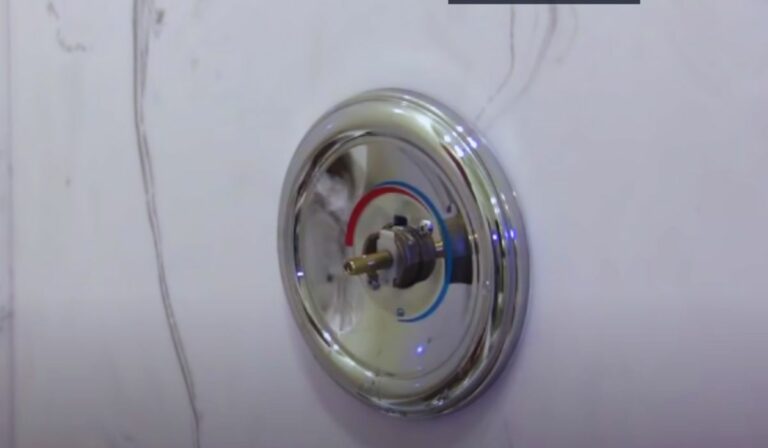
![How To Remove Tub Spout Without Set Screw? [Step-by-step Guide]](https://faucetfam.com/wp-content/uploads/2023/06/How-To-Remove-Tub-Spout-Without-Set-Screw-768x448.jpeg)
